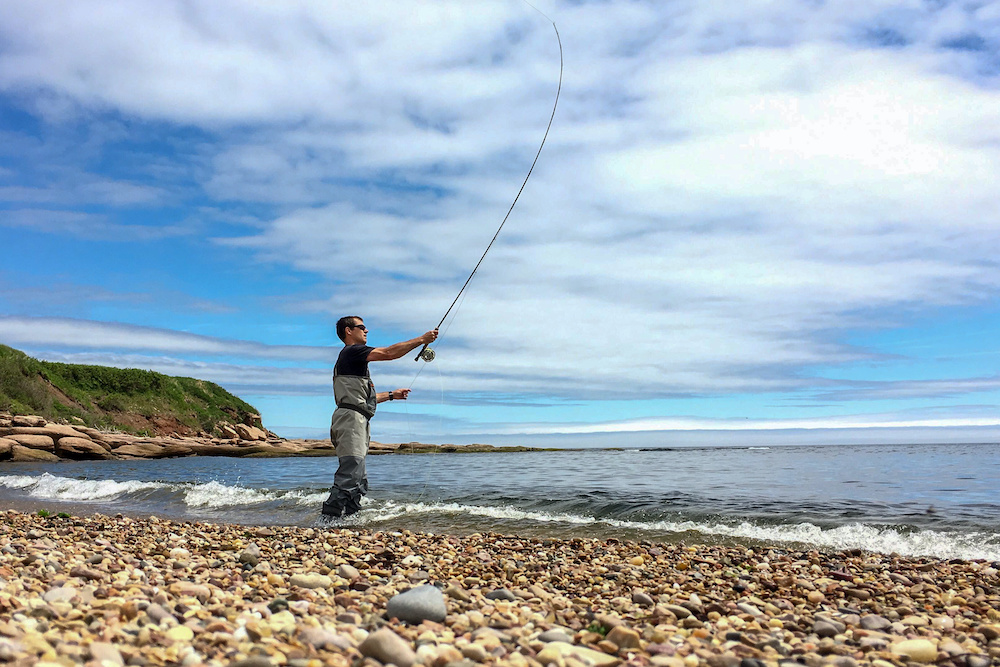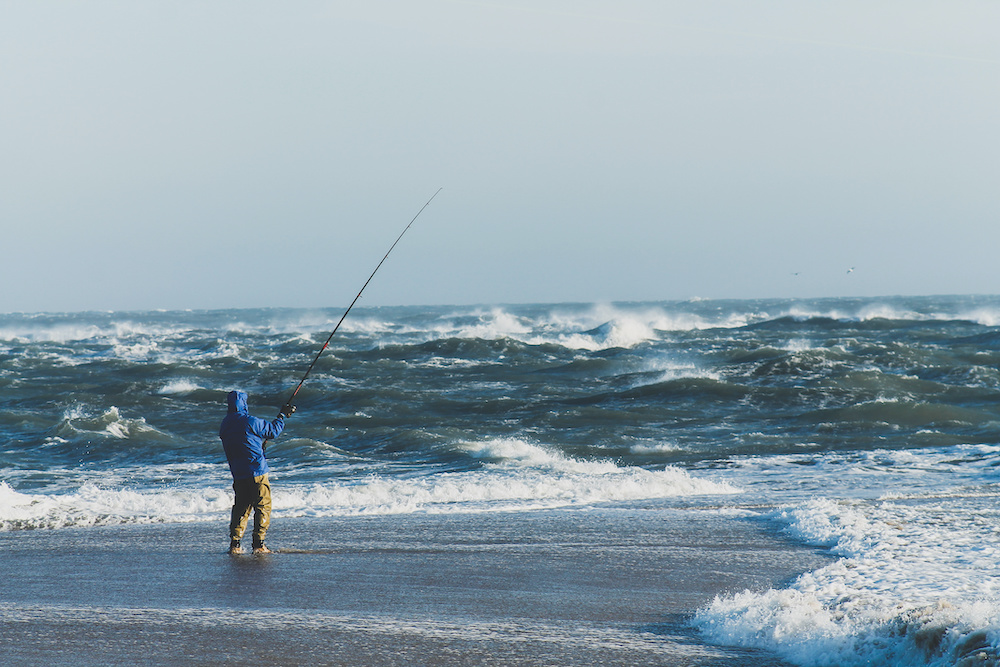
Best Tide for Saltwater Fishing: A Beneficial Guide
When you’re planning to do inshore saltwater fishing, you need to be aware of what the best tide for saltwater fishing is.
Did you know the moon affects the tides, and there are periods in which you should take a break from fishing and wait for better tides?
There is a lot that you can learn about tides and tide movements; in fact, some scientists solely devoted to studying these things!
Today, we’ll focus on what type of tides are best for saltwater fishing and how you can use those tide periods to your advantage for better catches.
How Do Tides Affect Fishing?
Why is it that we need to know the best tides for saltwater fishing?
Do changing tides have that strong of an effect on fishing?
Yes, yes they do!
Changing tides change quite a few things that cause your fishing experience to change, including:
- Depth of water changes in specific areas
- Varieties of fish in an area change as water depth changes
- Feeding areas change with changing tides
- Water movement moves fish and their food around, and fish will gather where food is, and tides will strongly affect this overall process.
For that reason, you need to be aware of the ways the tides change.
Best Tide for Saltwater Fishing
Generally speaking, most anglers find that the periods of low and high tides when the water isn’t moving are the worst times to fish.
Often called slack water, this is when there is minimal water movement.
Fish tend to be less active during this time because their food is also less active, and most fish don’t actively feed.
That said, let’s look at the types of tides that are ideal for saltwater fishing:
1. Running Tides
A running tide is when the tide is moving; it’s not a low or high tide but is somewhere in the middle period.
Water flows continuously, and this generally causes fish to bite more.
This applies to both inshore fishing as well as offshore.
The movement caused by tides isn’t as apparent offshore, but it still affects fishing.
2. Outgoing Tides
Outgoing tides are a running tide that happens when the tide is moving from high to low.
During a falling or outgoing tide, predator fish will gather around the mouth of estuaries, rivers, piers, and other structures.
They do this because prey is carried out of these areas by the falling tide, and they can be waiting right there to catch dinner.
 [tcb-script async=”” src=”//z-na.amazon-adsystem.com/widgets/onejs?MarketPlace=US&adInstanceId=051135e1-0152-44ce-b568-a514be59362e”][/tcb-script]
[tcb-script async=”” src=”//z-na.amazon-adsystem.com/widgets/onejs?MarketPlace=US&adInstanceId=051135e1-0152-44ce-b568-a514be59362e”][/tcb-script]
3. Incoming Tides
Incoming tides are often thought of as the preferable type of tide for inshore fishing.
During these rising or incoming tides, the water is usually clearer and more oxygenated.
Strong incoming tides tend to bring in baitfish as well as crustaceans, and these are both popular foods for many predator fish that you might be after.
Fish will come in to begin searching for food, and it can be especially effective to cast out just past the edge of deeper water and reel inwards as the tide rises.
4. Strong Tides in Shallow Waters
Shallow areas such as harbors, bays, and reefs are especially subject to tide movement.
The fish usually have to come through passageways to enter these areas when the tide is high, and then they will retreat when the tide is low.
You can track the movement of fish or even fish the passageways to improve your chances of catching something magnificent.
Bonus Tips
Now that you’re aware of the best tides for saltwater fishing, here are two great tips that can further help you succeed:
1. Moon Position Matters
One other thing that is very important to note is that the tides change from day to day, depending on the moon’s location.
The gravitational relationship of the moon and Earth cause the tides, and the tides are different depending on how full the moon is.
Fishing tends to be better during new and full moons because the tide movement is stronger, but you don’t need to memorize moon cycles to be a good angler.
2. Research Tide Times
To give yourself a good idea of when you should generally be fishing, look up the tide tables for the area you’ll be fishing in!
Though the differences won’t be huge, there will be minute differences depending on whether you’re at Imperial Beach or Santa Barbara.
Grab a tide table from the internet and print it out or copy it into your phone for reference.
When you’re planning your fishing or deciding if it’s time to call it quits, you can use this table as a guide to determine how the fishing might change.
Keep on Moving
Now you know some of the secrets of making use of the best tide for saltwater fishing.
As the day changes and the tides change with it, you should also continue to change your position in relation to the tides.
Hot spots will change with the tides as schools of fish move around to match the tide’s changes.
If a spot stops working, try another!
In time, you’ll know what the best spots on your favorite beach will be for certain tide periods, and that will improve your overall fishing.
From a boat, you can even make strategic moves to make sure that you are following where the fish might be as they move in and out of bays and harbors.
